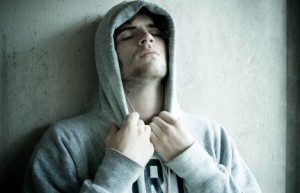Anytime a drug or substance is used without the consent of a doctor or it is used against the prescribing physicians orders the use is considered abuse. Opiate abuse, like other forms of substance abuse, can lead to physical dependence and addiction which is difficult to treat and dangerous for the patient. Opiate abuse is not a full-fledged opiate addiction but the circumstances that cause an individual to abuse opiates paired with the will for the individual to continue using these drugs despite known consequences can lead to opiate addiction.
Signs of Opiate Abuse
There are various signs to look out for if you or someone you know is using opiates. Because opiate abuse leads to addiction, recognizing the signs of abuse early on can save a person’s life and prevent them from actually falling victim to the addiction itself. If you, or someone you know has been prescribed opiates such as Oxycontin, Codeine, Dilaudid or another prescription painkiller or is using the dangerous street drug heroin for recreational purposes, look for these early signs of opiate abuse to stop a potentially hazardous problem in its tracks:
- Irrational behavior when using opiates
- Becoming irritable or anxious when opiates are not available
- Getting in trouble when under the influence of opiates
- Difficulty concentrating when using opiates or when unable to use opiates
- Focusing more and more time on finding and using opiates
- Avoiding friends or family members so that you can use opiates
- Becoming sick when not using opiates
- Borrowing money to buy opiates or spending bill money on opiates
Physical Appearance Signs of Opiate Abuse
Physically, the opiate abuser may show signs of the opiate abuse early on and these signs will become more and more prevalent as the abuse sinks into an opiate addiction. Some of the physical appearance changes that may be expected when an individual is abusing opiates include:
- Constricted pupils (pinpoints)
- Itching or scratching frequently
- Nodding off or falling in and out of sleep
- Needle (track) marks on the arms, legs, hands, feet or other parts of the body
- Wearing long sleeves to cover up track marks
- Cold symptoms such as runny nose, upset stomach, diarrhea, cramps followed by appearing “perfectly fine” later on (many addicts get sick when they don’t have opiates but will quickly show signs of relief if they get the drug)
- Pale skin
- Sweating even in cold temperatures
